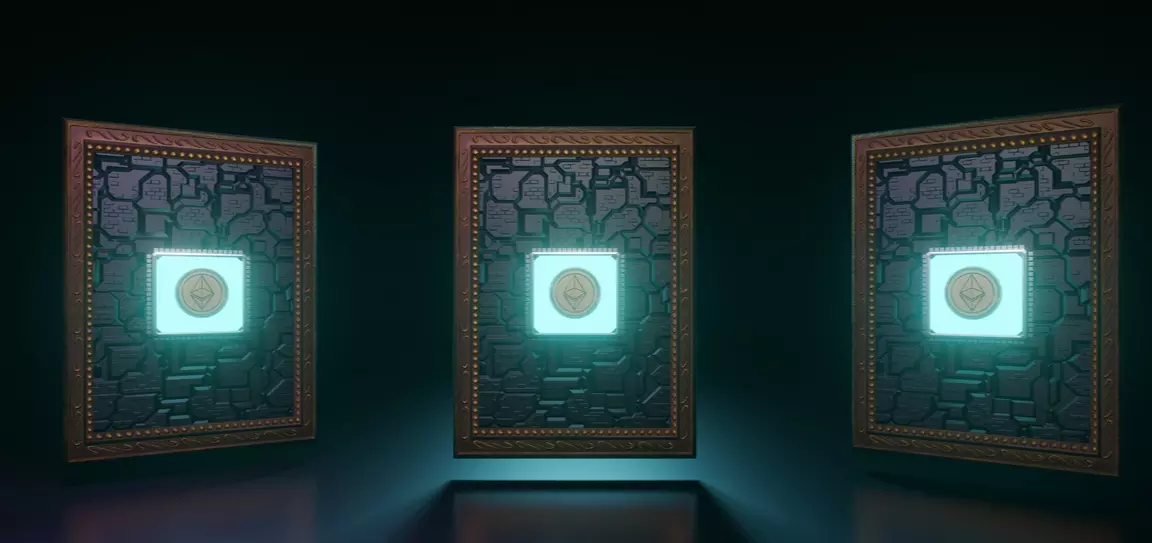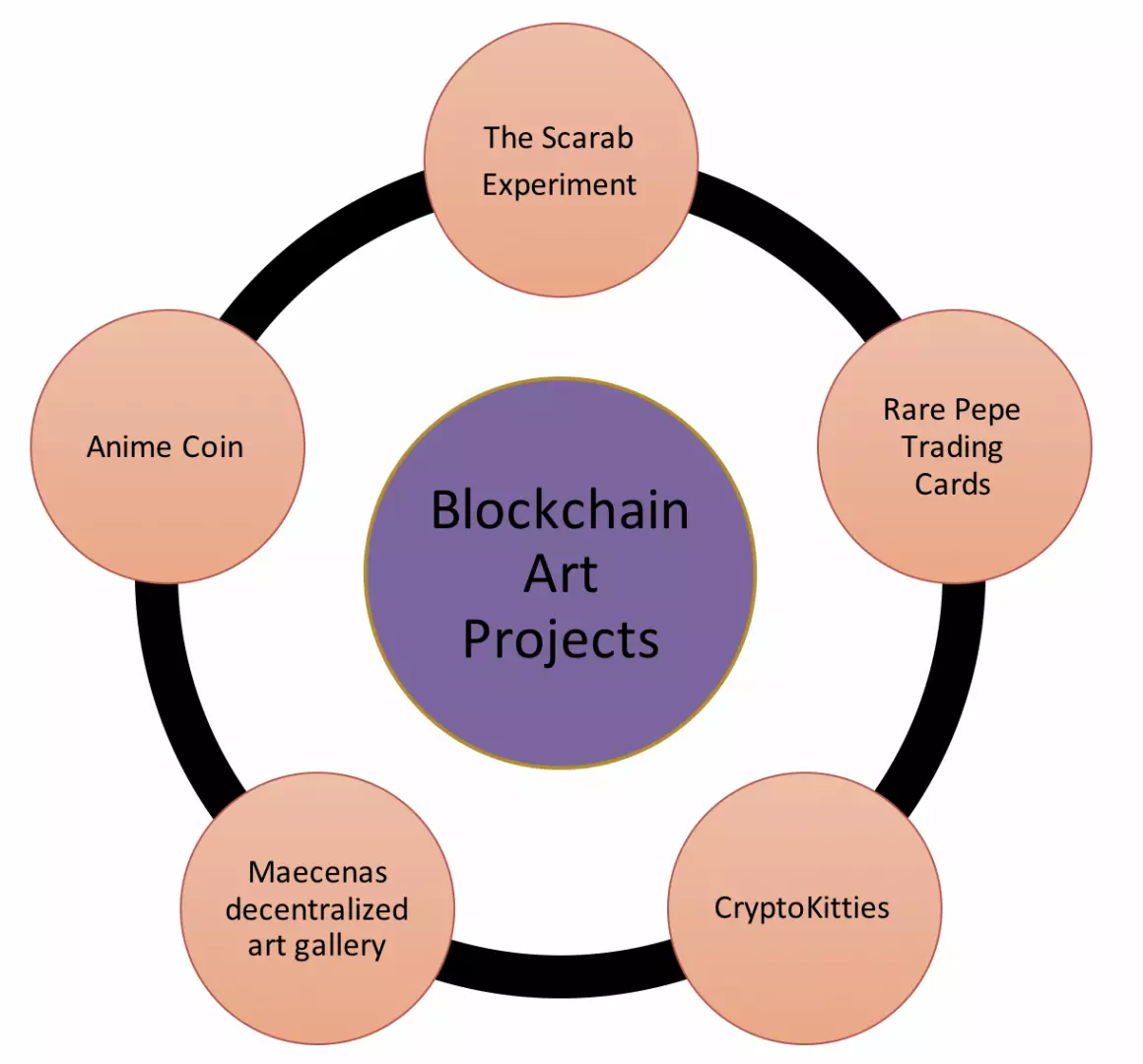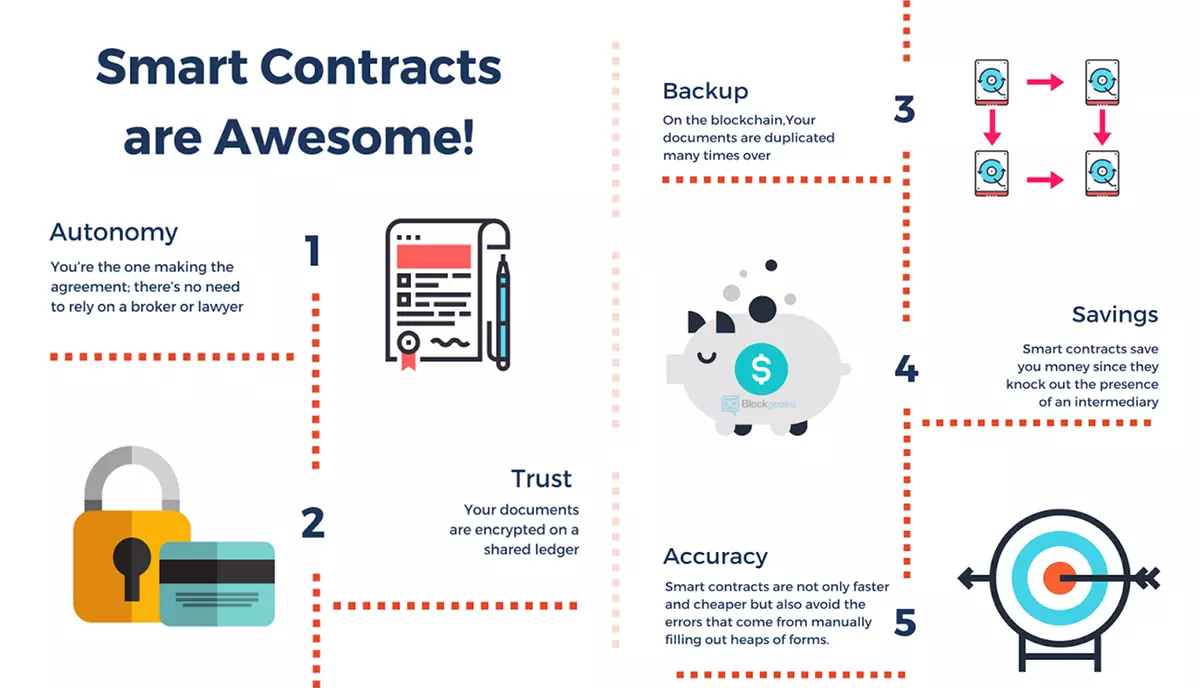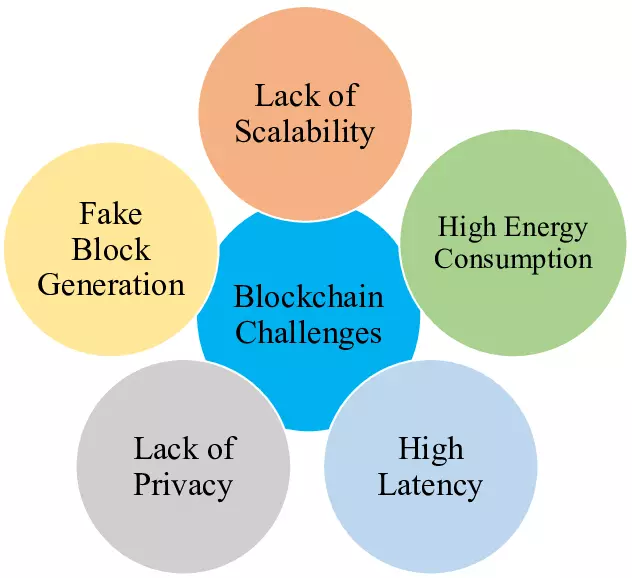Comments
- No comments found

Employing blockchain in art is a novel narrative of technology meeting creativity.
Blockchain is a system of recording information in a way that makes it difficult or impossible to change, hack, or cheat the system. Each block in the chain contains a number of transactions, and every time a new transaction occurs on the blockchain, a record of that transaction is added to every participant's ledger.
Storing information on blockchain’s digital ledger can democratize both, art and commerce, for artists and buyers all around the world.

Museums across the world are already implementing technology in their infrastructure in some way or the other. From digitizing images done by the Metropolitan Museum of Art in New York to blending Van Gogh and virtual reality in the Van Gogh Museum in Amsterdam, technology is booming in the field of art.

Here are some ways in which the blockchain technology can eliminate the obstacles mentioned above:
Blockchain technology involves the saving of critical data on blocks that can be accessed using cryptographic keys only. Artists can enroll themselves in art registries that use blockchain and enter information about their original pieces of work. The data stored is immutable, and access to it is granted post authentication only. So, an alleged fake artwork can be detected by comparing its token with that of the original one. Different tokens for a single piece of work imply duplication, thus identifying and preventing the trading of forged artworks.
Artists can record and authenticate their paintings on blockchain. Each data entry gives the artist a token, and each data block contains a pointer and timestamp. Original artworks can thus be verified and authenticated, ensuring the integrity of the product. Artchain.info is one of the platforms that exclusively offer digital authenticity certificates by implementing blockchain technology to verify millions of artworks around the world.
The data entered in the blocks on a blockchain is transparent to the end users. Verisart is a company that employs this feature of blockchain to offer detailed provenance records to both artists and buyers. These records help in identifying the rightful owner of the work, and he/she, accordingly, gets the full benefits of the trade. The records also help in detecting con artists and catching the fake art pieces circulating in the market.
Blockchain enables decentralization of data stored on it, with a central node as the primary hub. All end users can access the data on the chain with appropriate user rights and authorities. With such a transparent data log, blockchains can reshape the now opaque art industry. Artists and customers can directly connect with each other, eliminating the need for a mediating agent. It adds to the credibility of the artist and helps both the parties in directly negotiating with each other. What makes art valuable, is the scarcity of the form. With blockchain technology, artists, creators, or even observers can decentralize the creation and trade of art.

The art industry faces the following issues, which hinder the trade and proliferation of art pieces.
Forging and counterfeiting famous works of art is the primary concern faced by the art industry. With technological advancements, this challenge is only getting bigger and stubborn.
Another complication in trading artworks is their authentication. Certificates of authenticity and forensics can help ensure the veracity of an artwork, but these methods can easily be tampered with, rendering them unreliable.
Provenance is the history of the ownership of a particular commodity. Lack of provenance while purchasing an artform or collectible, holds customers back.
Art dealings are generally carried out via a long and complicated network of middlemen. This link turns out to be unfavorable for both the artist and the customer. Artists do not get 100% profit from their sales, and the buyers have to spend extra on the commission charged by agents.
Naveen is the Founder and CEO of Allerin, a software solutions provider that delivers innovative and agile solutions that enable to automate, inspire and impress. He is a seasoned professional with more than 20 years of experience, with extensive experience in customizing open source products for cost optimizations of large scale IT deployment. He is currently working on Internet of Things solutions with Big Data Analytics. Naveen completed his programming qualifications in various Indian institutes.
Leave your comments
Post comment as a guest